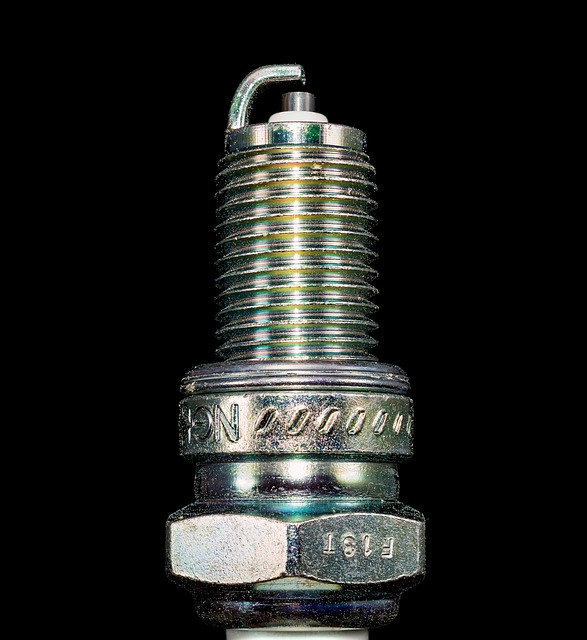Xenon is a chemical element and it has an atomic number 54. Its standard atomic mass is 131.293 and it is represented by the symbol Xe. At standard temperature and pressure, it is in gaseous form. It has no colour and no odour. In the periodic table, it is in group 18 (noble gases) and period 5. There are 77 neutrons, 54 electrons and 54 protons. There are 8 valence electrons in its outermost shell. The electron configuration of Xenon is 1s2, 2s2, 2p6, 3s2, 3p6, 3d10, 4s2, 4p6, 4d10, 5s2, 5p6. Xenon is a noble gas and it is a p-block element.
The melting point of xenon is 161.40 K ?(−111.75 °C, ?−169.15 °F) and its boiling point is 165.051 K ?(−108.099 °C, ?−162.578 °F). Xenon has a density of 5.894 g/L at STP.
The electronegativity of xenon is 2.6 (Pauling scale). The energy required for the first ionisation is 1170.4 kJ/mol. It has seven stable isotopes. Xenon was discovered and isolated by William Ramsay and Morris Travers in1898.
Xenon is a very rare element which makes it very expensive. It can be obtained as a by-product from the air separation of oxygen and nitrogen. It is found in Earth's atmosphere at a rate of 87 nL/L (parts per billion).
Although Xenon is rare and expensive by it has a wide range of applications. such as NMR spectroscopy and excimer laser which has dermatological uses. Xenon is used as a propellant for ion propulsion in spacecraft and satellite. It was used in the Deep Space 1 probe and Dawn Spacecraft.
Xenon is used in short arch lamps and xenon flash lamps. Which is used in photographic flashes. Xenon can be used as a general anaesthetic. But it is more expensive than conventional anaesthetics. Using it with oxygen reduces the risk of hypoxia. xenon is environmentally friendly and it is not a greenhouse gas. After use, it can be recycled easily because it is an inert gas.
The use of xenon with oxygen as inhaling increases the production of erythropoietin. It stimulates athletic performance and the production of red blood cells. In 2004 the World Anti Doping Agency (WADA) banned the uses of xenon (and argon) for increasing athletic performance.
How many valence electrons does xenon have?
Xenon has eight valency electrons. Two electrons are in the 5s-orbital and six electrons are in the 5p-orbitals. The electronic configuration of Xenon is 1s2, 2s2, 2p6, 3s2, 3p6, 3d10, 4s2, 4p6, 4d10, 5s2, 5p6.
What is xenon used for?
Xenon has the following applications.
- Used as sports doping:
The use of xenon with oxygen as inhaling increases the production of erythropoietin. It stimulates athletic performance and the production of red blood cells. In 2004 the World Anti Doping Agency (WADA) banned the uses of xenon (and argon) for increasing athletic performance.
- Anaesthesia:
Xenon can be used as a general anaesthetic. But it is more expensive than conventional anaesthetics. Using it with oxygen reduces the risk of hypoxia. xenon is environmentally friendly and it is not a greenhouse gas. After use, it can be recycled easily because it is an inert gas.
- Used in Lasers:
Xenon is reported to produce ultraviolet radiation which is used in lasers. It can also be used in helium-based lasers to improve its efficiency.
- Arc lamps:
Xenon is used in short arch lamps and xenon flash lamps. Which is used in photographic flashes.
- As propellant:
Xenon is used as a propellant for ion propulsion in spacecraft and satellite. It was used in the Deep Space 1 probe and Dawn Spacecraft.




